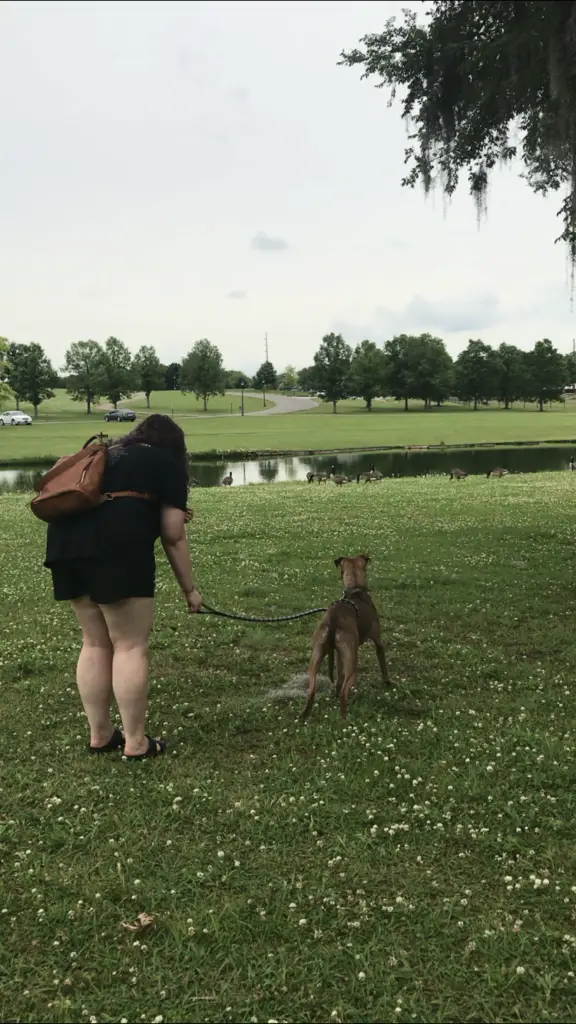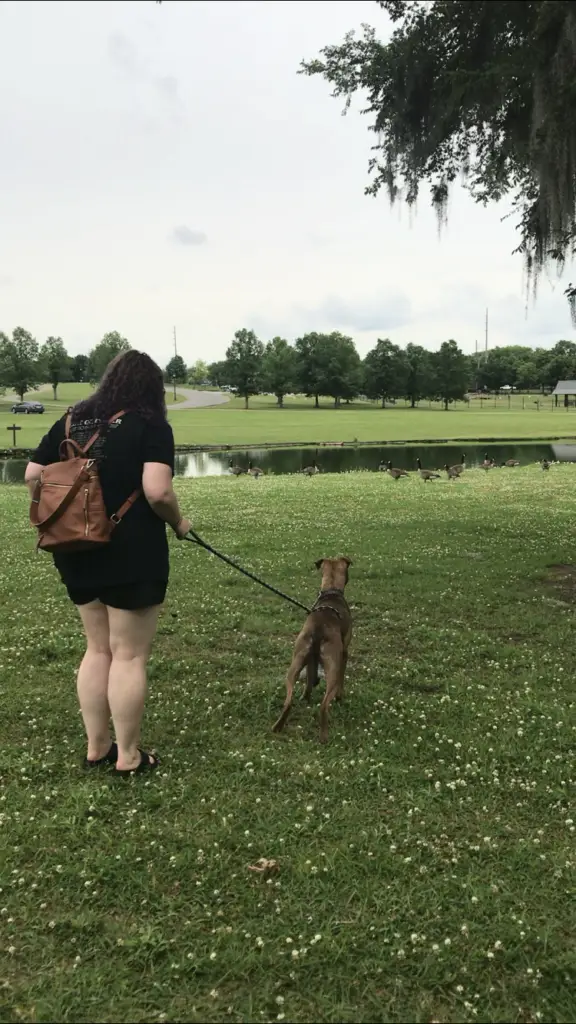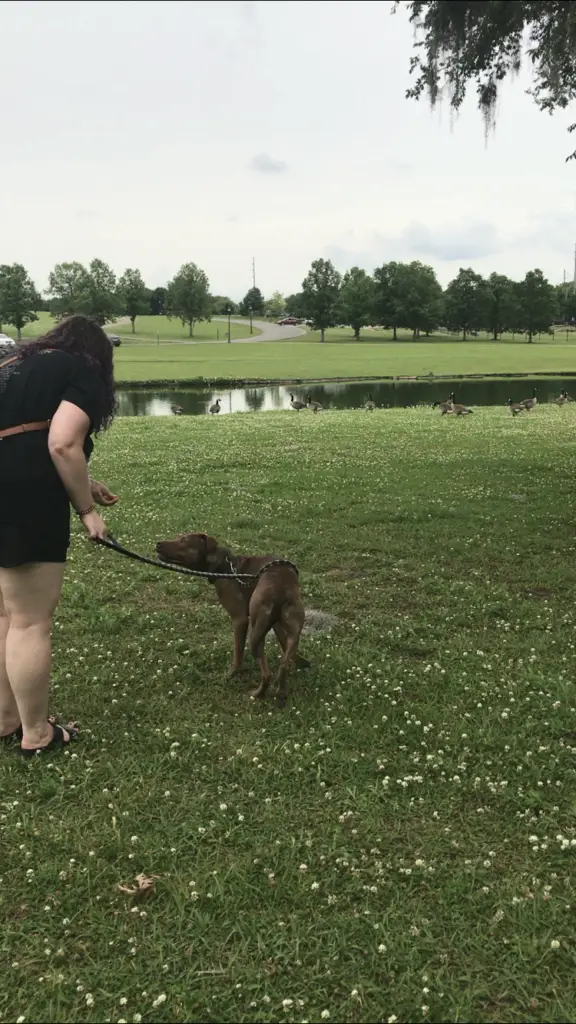In a recent article, I briefly defined “Threshold Management” as it relates to developing Impulse Control in our dogs. While it absolutely has an important relationship to Impulse Control training, Threshold Management is an extremely important factor in just about everything you do with your dog, particularly coming out of the pandemic where our dogs’ thresholds are going to be much lower. It can be somewhat complicated and nuanced, but simply put, your dog’s threshold is the point where you can no longer “reach them,” the point where it seems as if your dog is “blocking you out” or unable to hear you.
More specifically, it can be defined as the point at which your dog’s environment becomes more exciting and rewarding – or in the case of a fearful dog, terrifying – than anything you can do. This can look like hyper-fixation on something in the environment or overstimulation to the point where they can’t seem to hold focus on anything. Or again, in the case of a fearful dog, it can look like aggression, reactivity, hyper avoidance (trying to run away), or even a “total shutdown” (cowering, shivering, or frozen). I have also defined it for some clients as “the line between ‘is it challenging?’ and ‘can they be successful?’.”
Body language is absolutely something to look for in these situations. Sometimes it is obvious when your dog is over threshold, but other times the signals are much more subtle. I see these subtle signals all the time when watching videos of dogs interacting with small children. A small lip-lick or blink or glance to the adult can be a signal that the dog is uncomfortable with the child invading its space. If these signals are ignored and boundaries aren’t placed on the child, the situation can escalate to a bite. It is important to learn to recognize these signals so that we can learn when they are over threshold. When we know where our dog’s threshold lies, we can help keep them and others safe, we can try to control the environment to help them be successful, we can learn which situations and environments they can and cannot handle, and we can train our dogs more intentionally and safely to help them build confidence, self control, and trust in us.
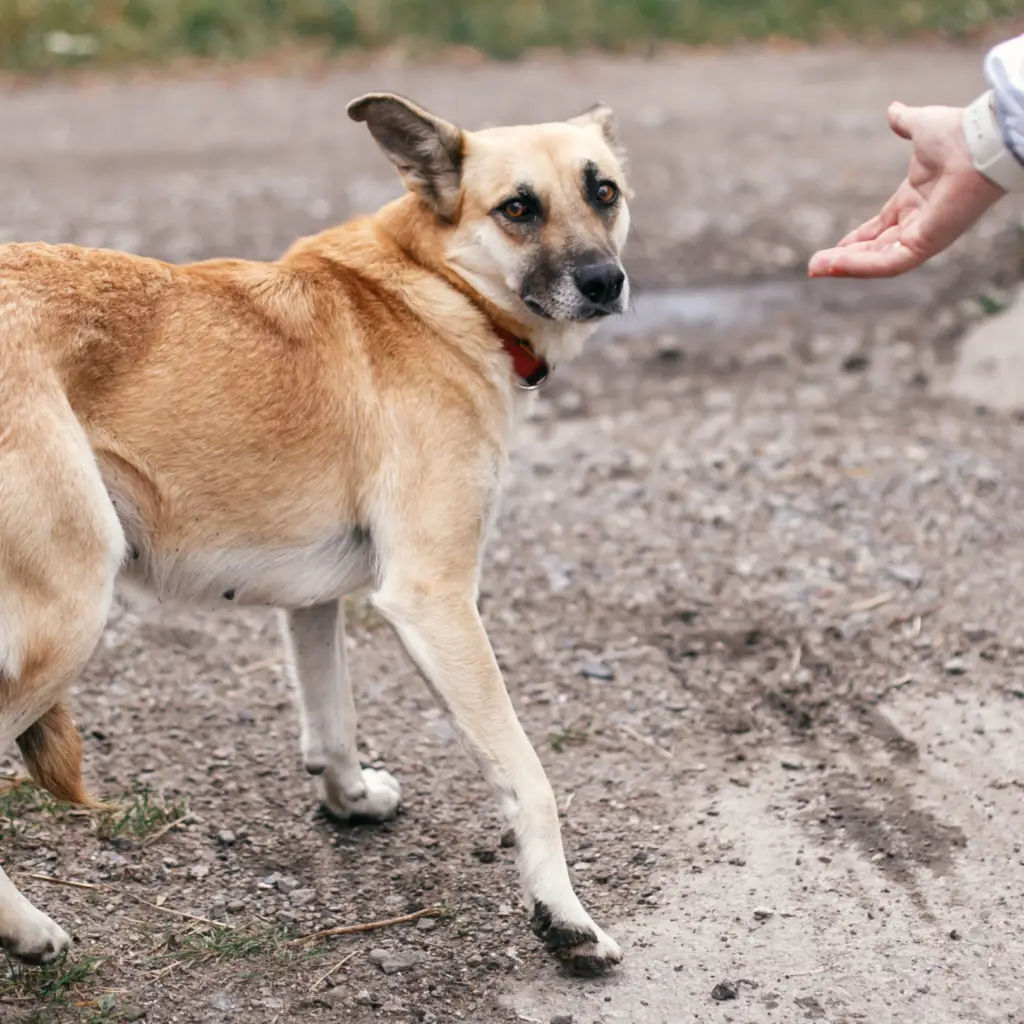
A subtle lean can be an avoidance signal 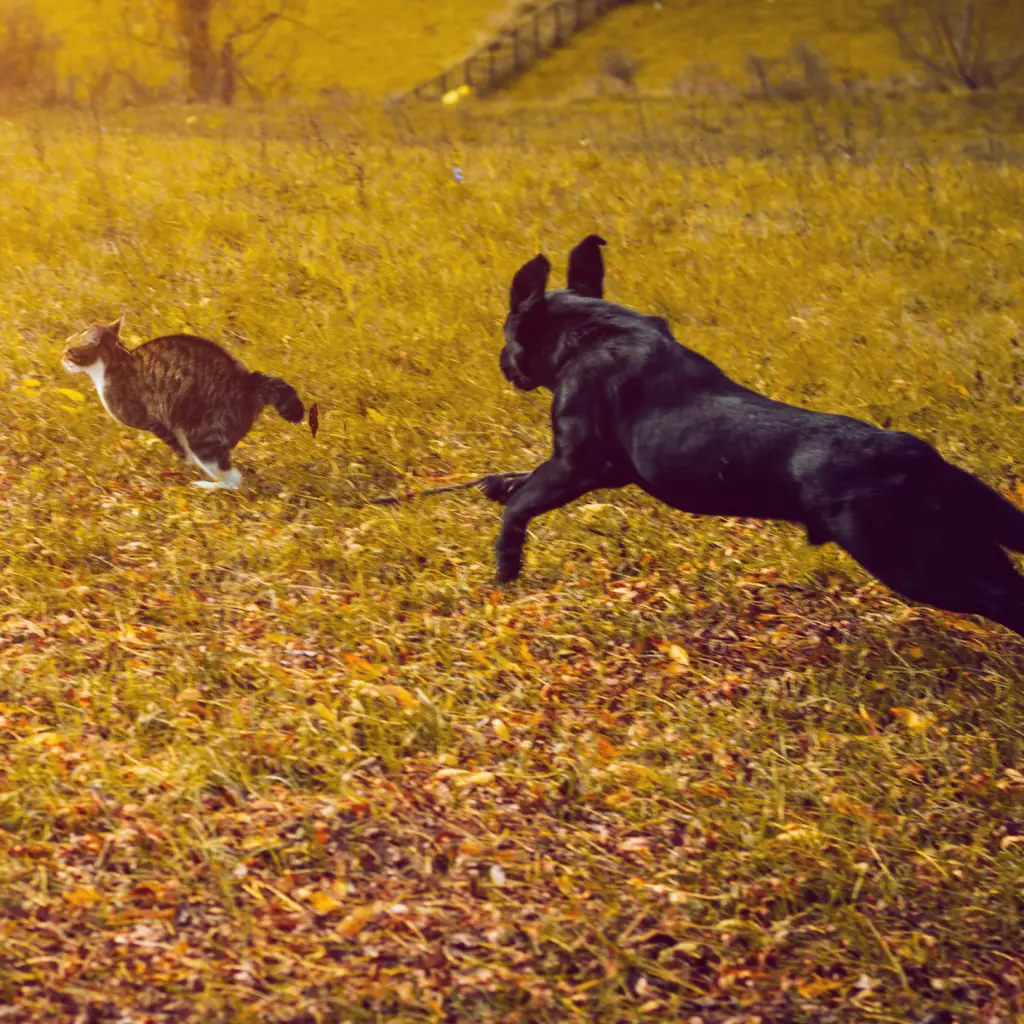
A high prey drive can lead to hyper fixation on neighborhood animals 
A growl can be a cue for “please give me some space”
It is also important to learn which environmental factors may affect our dog’s threshold. Like body language, these patterns can be obvious – like exciting prey animals on your walk, other dogs, high value toys, loud noises – or can be much more subtle – like a tight hallway during a greeting, the stress you brought home from work, or a week of rain that prevented outdoor exercise. Of course, it is impossible to always have total control over your dog’s environment. Things happen and our dogs will sometimes inevitably cross their threshold. But if we learn to recognize these patterns of stimulus and reaction, we can begin training for these unexpected situations with intention and develop a game plan for success.
The key is to train under-threshold. If the definition of threshold is the point where we can no longer “reach” our dog, then anything you try to train while your dog is over-threshold won’t reach them. You are at best wasting your time and at worst actually working in reverse (we’re just adding pressure and energy to an already over-stimulating environment). We need to find our dog’s threshold and train just below it so that they can be successful.
I always tell my clients that my magic number is 85%. If I am not at least 85% sure that my dog can handle a given situation, I shouldn’t put them in it. And if I KNOW that my dog can’t handle a given situation, I will do everything in my power not to put them in it. That is setting them up to fail, and it really isn’t fair. If I’m at least 85% sure my dog will be okay, I will try it, but only when I have the ability to focus on them and train intentionally. I need to be able to catch those subtle signals of distress or overstimulation before they escalate. If my focus and priorities are not on my dog, then I shouldn’t be working on threshold management training. If I recognize these signals, it’s time to get my dog out of there. Distance is an excellent tool for working on threshold management, and sometimes this means leaving the scene completely.
Now more than ever, with people returning to work and social gatherings, threshold management is an important training topic. If your dog seems especially keyed-up in public, or even just walking around the neighborhood, seek out a local trainer that can help you recognize your dog’s threshold and work to build positive coping mechanisms for overstimulation. This is also an excellent way to teach your dog to trust in you because it shows them that you’re not going to put them into situations where they feel threatened or out of control. That relationship is not only necessary and important, but also very rewarding!


